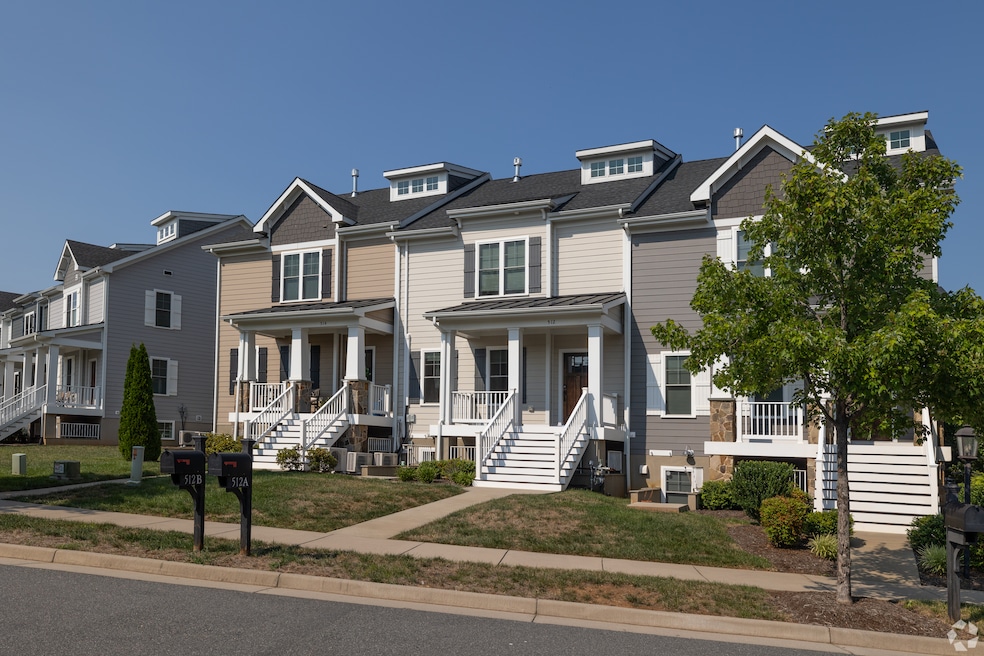Americans in their 20s and 30s plan to have fewer children than that age group did a decade ago and are looking for smaller houses. Homebuilders are making their products a bit smaller, though more in response to affordability constraints than family size.
A report published last week by the nonprofit group Pew Research Center, a subsidiary of Pew Charitable Trusts, found that the number of children the average American in that age group plans to have fell from 2.3 in 2012 to 1.8 in 2023. The number had stayed close to 2.3 between 2002 and 2012. Most of the recent downturn in planned family size occurred after 2016. The data includes children whom people already had when surveyed about their plans.
Meanwhile, the median single-family home size gradually decreased from 2,466 square feet in 2016 to 2,150 square feet in 2024, according to the National Association of Home Builders. That accords with consumer preferences; the NAHB reported in 2024 that the median finished space buyers wanted fell from 2,226 square feet in 2012 to 2,067 square feet in 2023.
Though people surveyed in their 20s may decide to have larger families as they get older, recent data suggests the opposite will happen, according to Pew’s report. In 2002, women aged 20 to 24 planned to have 2.4 children on average, and in 2012, women aged 30 to 34 planned to have 2.5. But by 2023, when women in this group reached 40 to 44, they had given birth to 1.9 children on average.
“We see that plans for childbearing remain relatively stable for adults from their early 20s to their early 30s. But by the time they near the end of their fertility years, they tend to have fewer children than they had planned,” Pew research associate Jake Hays wrote in the report.
Pew noted that people it interviewed in a 2024 survey cited the high cost of childcare as a likely factor in how many children families plan to have. It’s unclear if anyone responding to the survey mentioned the high cost of housing.
But builders have noticed homebuyers’ changing tastes when it comes to house size. In 2024, townhouses, which tend to be more economical than detached single-family houses because they are physically attached, made up a record 17% of the homes sold, compared to 10% in 2009.
“There’s a simple reason this is happening: Townhomes are more affordable as material, lot and labor prices continue to increase,” Rose Quint, the homebuilders association’s assistant vice president of survey research, said in a February statement.
In an August 2024 report, the NAHB said that while builders were meeting buyers’ expectations for homes sized between 1,600 and 3,000 square feet, there was a mismatch between buyers seeking smaller homes and the new homes available for purchase. While 26% of buyers wanted homes of less than 1,600 square feet, only 16% of single-family home starts in 2023 met their expectations. Builders made 22% of new houses larger than 3,000 square feet, but only 14% of buyers wanted to live in such a big home.
“Part of the reason for the apparent mismatch, of course, is that builders are compensating for the existing stock of housing, much of which was built decades ago when homes tended to be smaller,” Paul Emrath, the home builders association’s vice president for survey and housing policy, said in a blog post about the data.
Besides high housing and land costs, another reason people are looking for smaller homes these days is that more of them are single or don’t have children, the National Association of Realtors’ economist Jessica Lautz said in a January report on the group’s website. That’s a bigger factor than older Americans wanting to downsize, she said.
“So, they may not need that three-bedroom, two-bath home. They may really want a two-bedroom, one-bath home, and that’s not necessarily the inventory that’s out there. So, homebuilders are starting to be attuned to that and building smaller properties where they can,” Lautz said.

